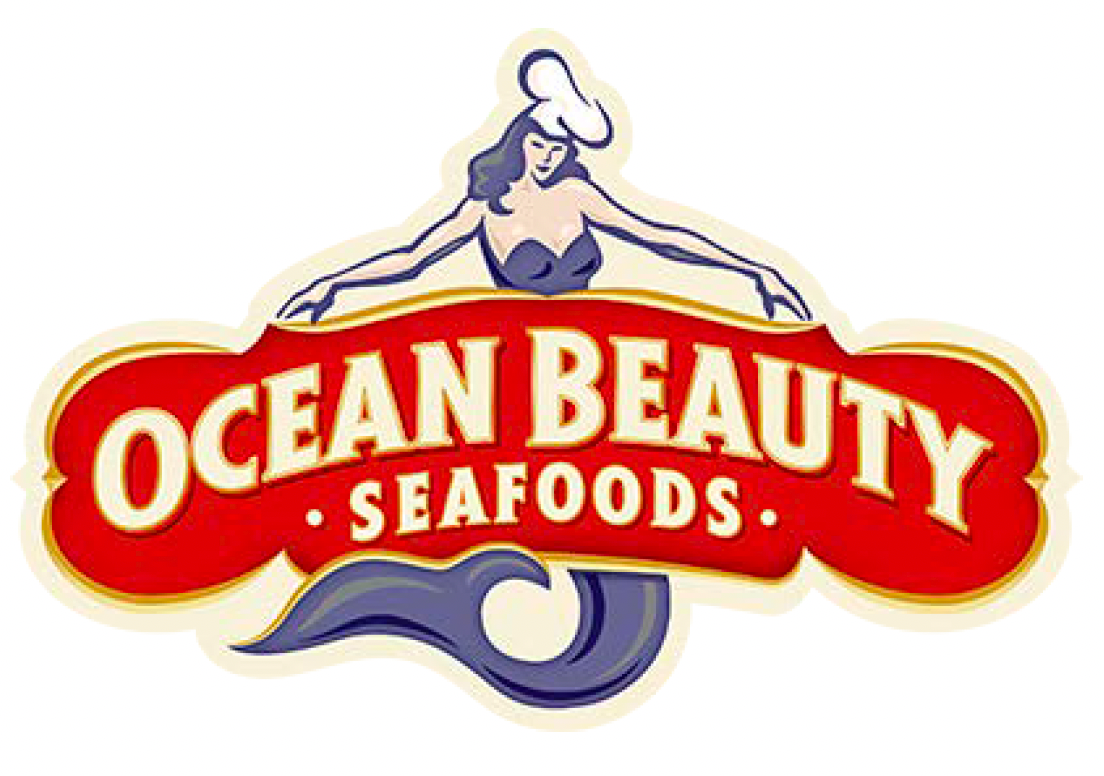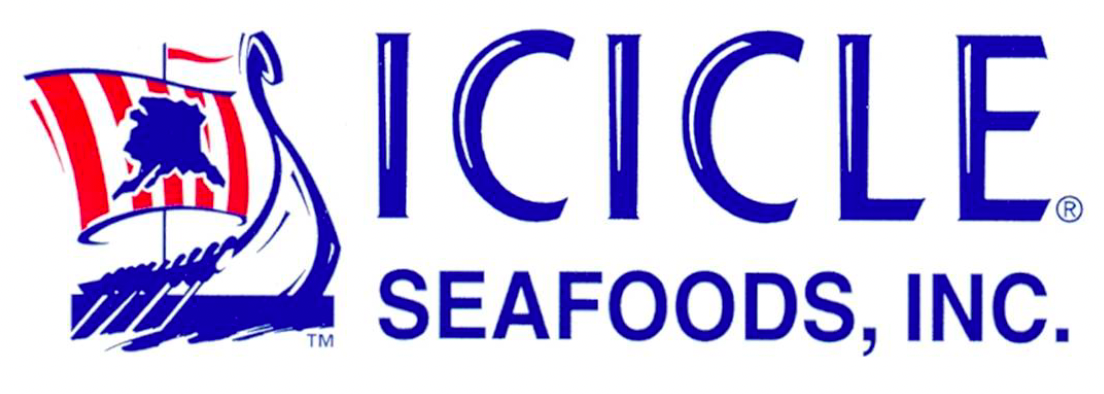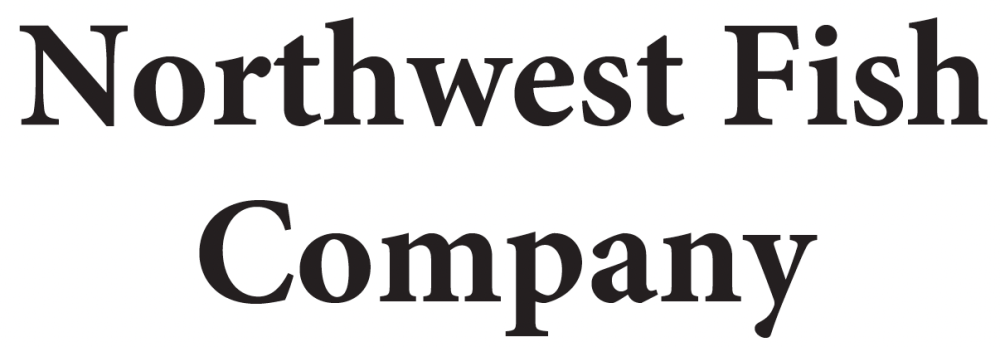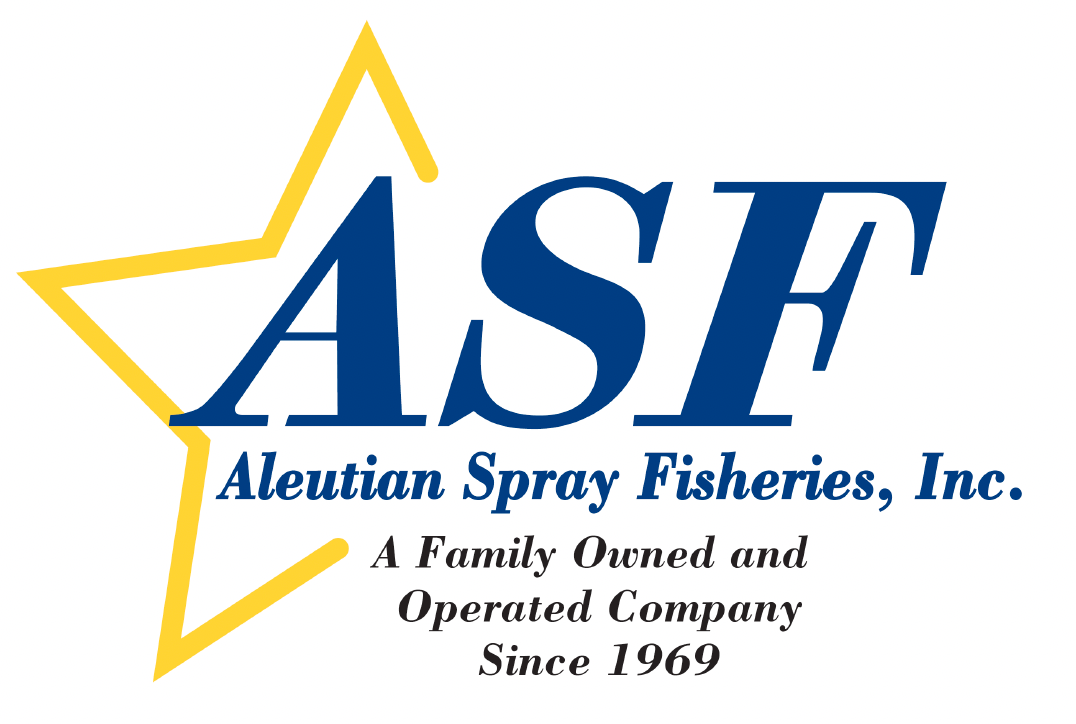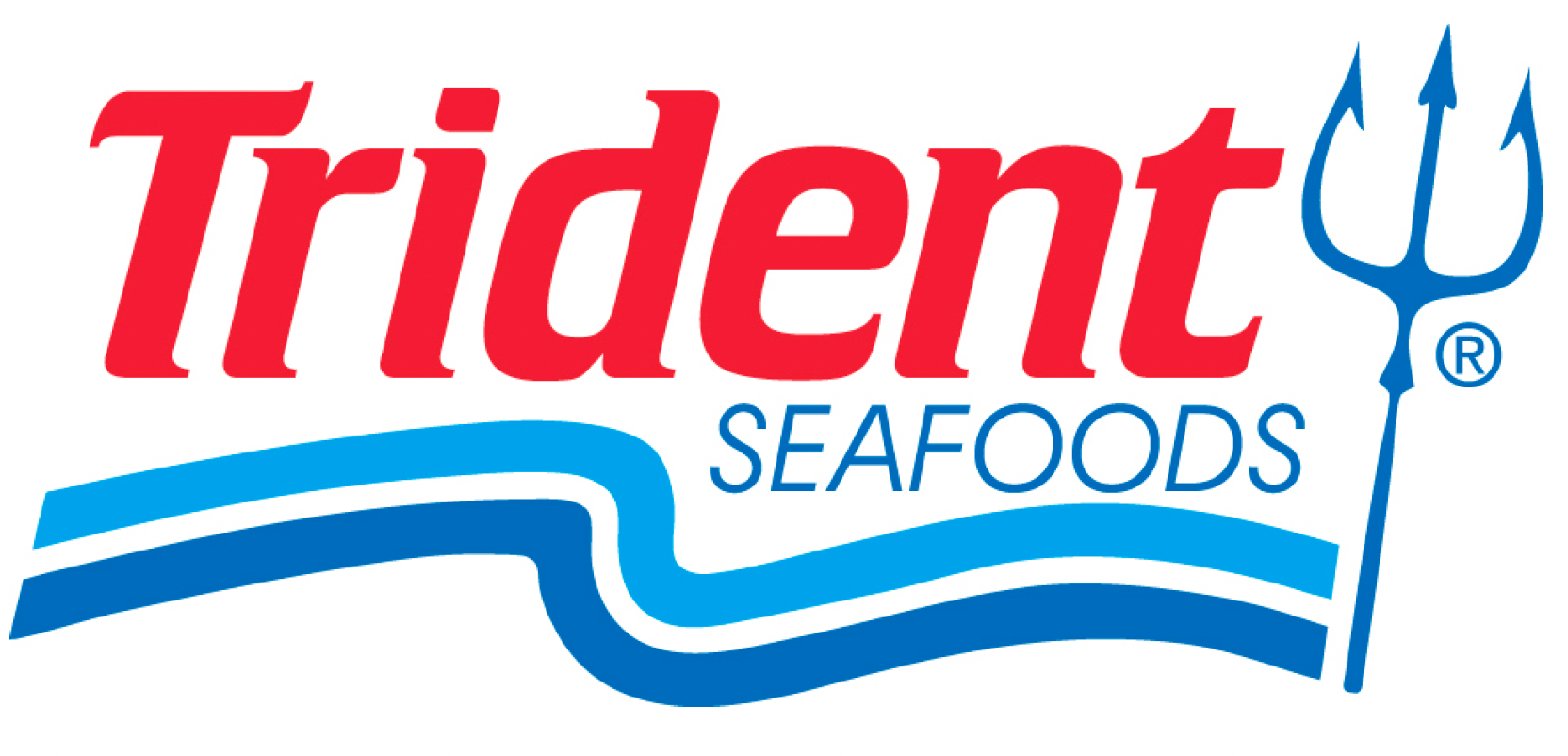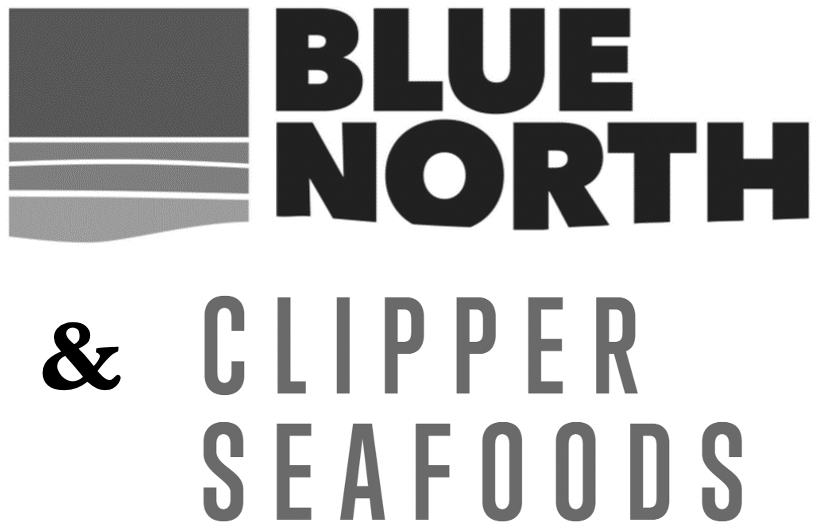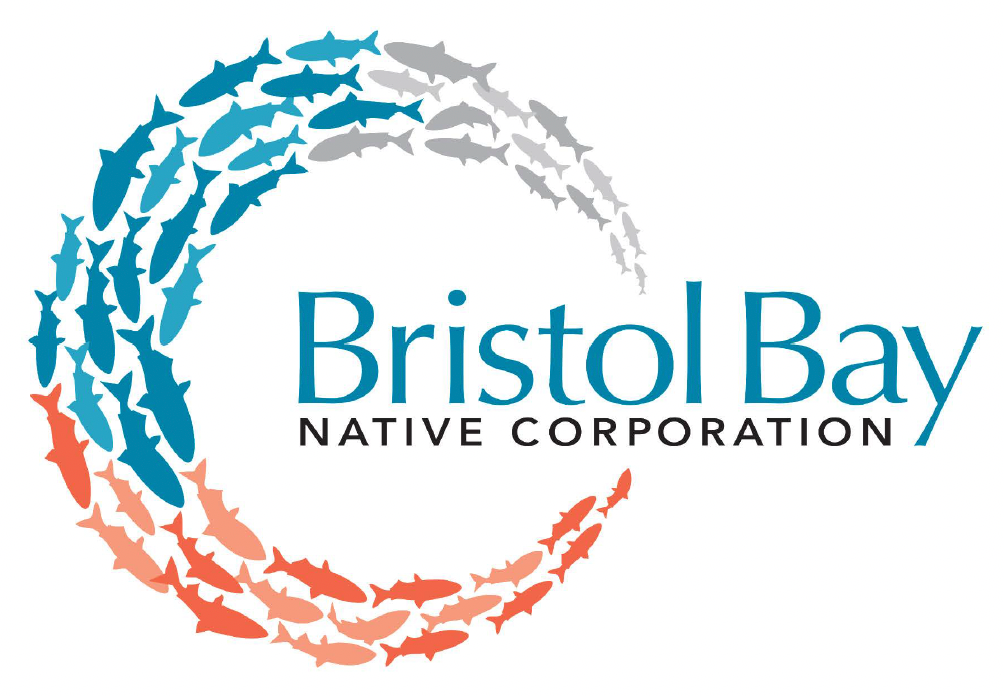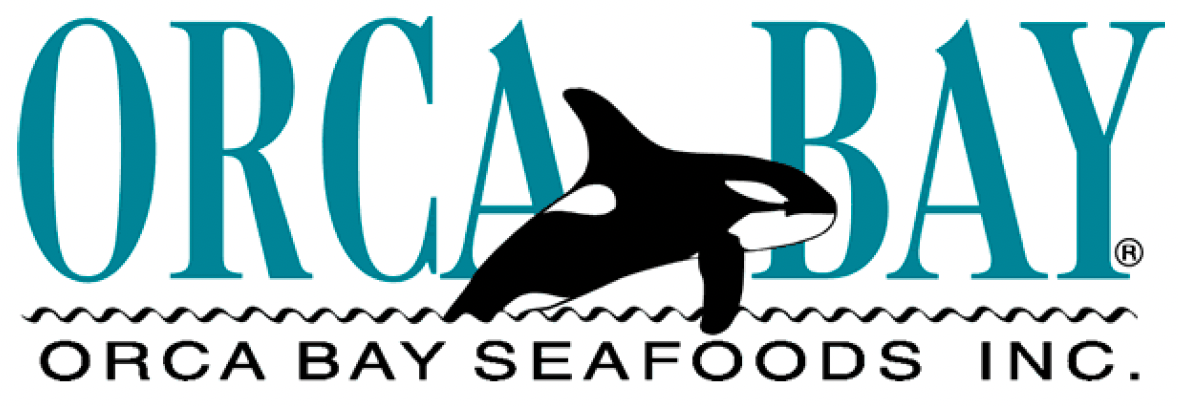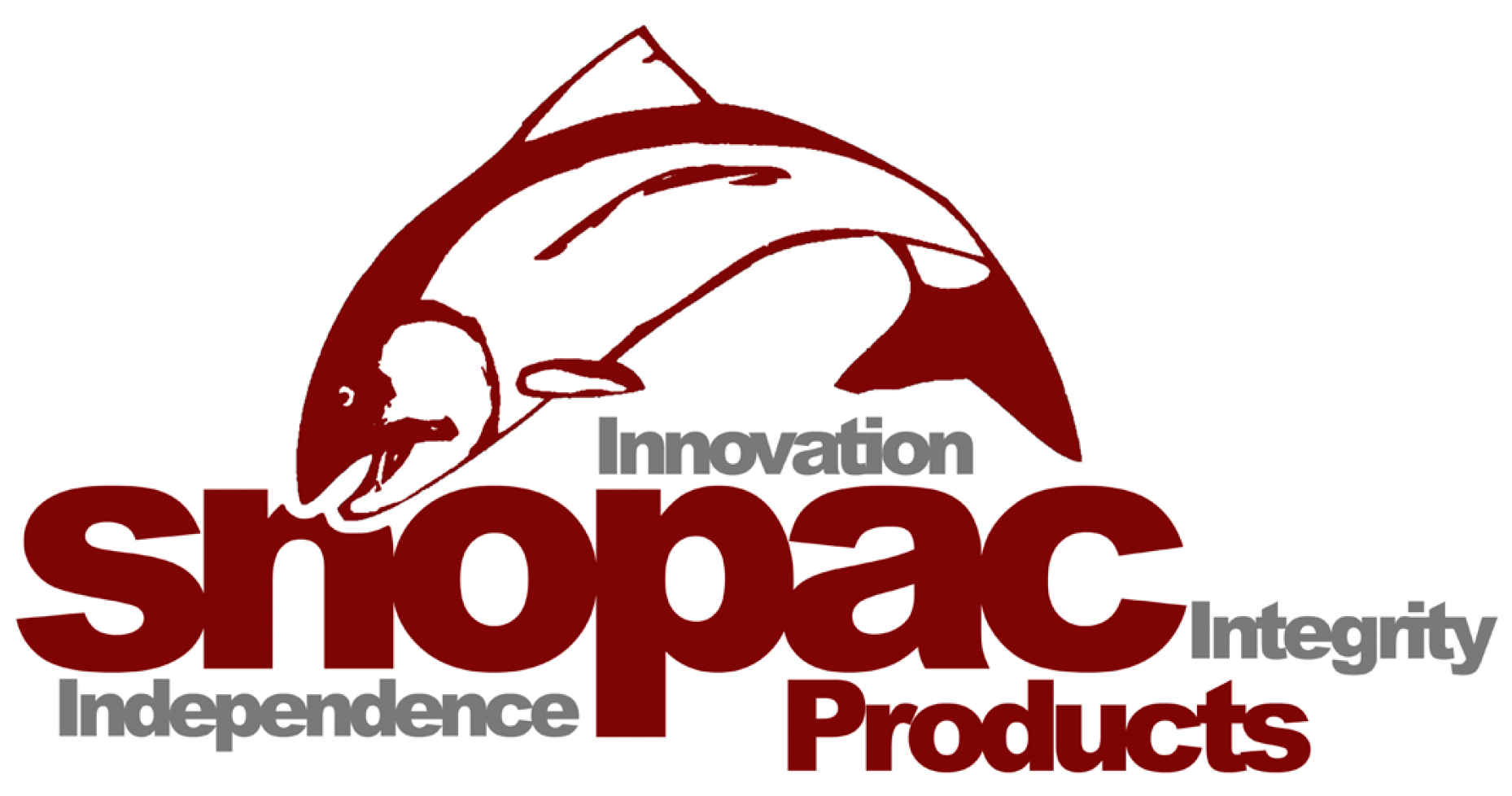Alaska fisheries today properly earn their reputation as the best-managed fisheries in the world, but it wasn’t always so. The passing of the Magnuson-Stevens Act in 1976 was the first critical step to start to turn American fisheries into environmentally, biologically, and economically sustainable ecosystems. But it wasn’t until 1998, when the passage of the American Fisheries Act (AFA) put guidelines in place to reimagine catching wild seafood as planned harvesting instead of a free license to hunt, that the Alaskan seafood economy began to rationalize to match vessel and processing capacity to the size of the sustainable groundfish resource of the Bering Sea and Aleutian Islands. This movement towards rational operation was not limited to AFA-governed species; at around the same time, the over-capacity salmon industry began its consolidation to rationalize catch and processing.
These were, pardon the pun, sea changes in the way these industry subsectors made sense to organize. The rules of fishing had changed, and businesses had to change in response. Which steps in the value chain made sense to fragment or consolidate or align with different ownership interests all of a sudden had shifted. As a result, there have been numerous transactions executed in order to effect those realignments. We are fortunate to have been an advisor, on one side of the table or the other, in a meaningful share of these industry-reshaping deals.
None of these deals have been easy. The merging of competitors in any industry is difficult, but in the seafood industry, it is complicated by biological cycles, regulatory frameworks, global commodity markets, and old grudges. We’ve been able to bring detailed knowledge of the businesses, species, markets and regulatory frameworks, and have contributed meaningfully to the rationalization of the industry through designing creative strategic transaction structures.
An example was the execution of a “synthetic” merger of two dominant Alaskan cod long liner businesses, Clipper Seafoods and Blue North Fisheries, into a single consolidated business that could realize operational and cost synergies; we then marketed the consolidated business to buyers, rather than the two businesses independently. It was “synthetic” in the sense that prior to the ultimate transaction, the companies only merged on paper. For this to work, and for buyers to have any faith in the operational efficiencies we portrayed, a key element of preparation was to develop a very detailed operational model that reallocated vessel and crew usage, reassessed fuel and supplies usage, and resized administrative overhead to eliminate redundancies. Although synthetic, the negotiation of the agreement of how Clipper and Blue North would merge was very real, and it needed to address relative value, governance, and management to provide a turnkey solution to an ultimate buyer to realize the value of the combination.
Ultimately, the owners of Clipper and Blue North were so invested in the logic and rationale for this merger, they agreed to complete the combination regardless of whether there was an ultimate buyer for the combined businesses. There was, in fact, an ultimate buyer: Bristol Bay Native Corporation purchased the synthetically merged businesses and executed the turnkey operational plan, creating what is today known as Bristol Wave Seafoods. In the end, the result was worth the effort, in that the owners of Clipper and Blue North realized “synergy” value that they would not have captured had they marketed independently; and the buyer, Bristol Bay Native Corporation, obtained a large market position in the sector in one transaction, a strategic position it would not have been able to achieve in multiple steps.

